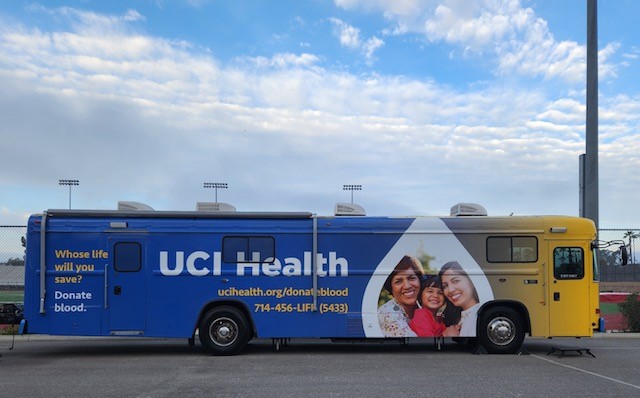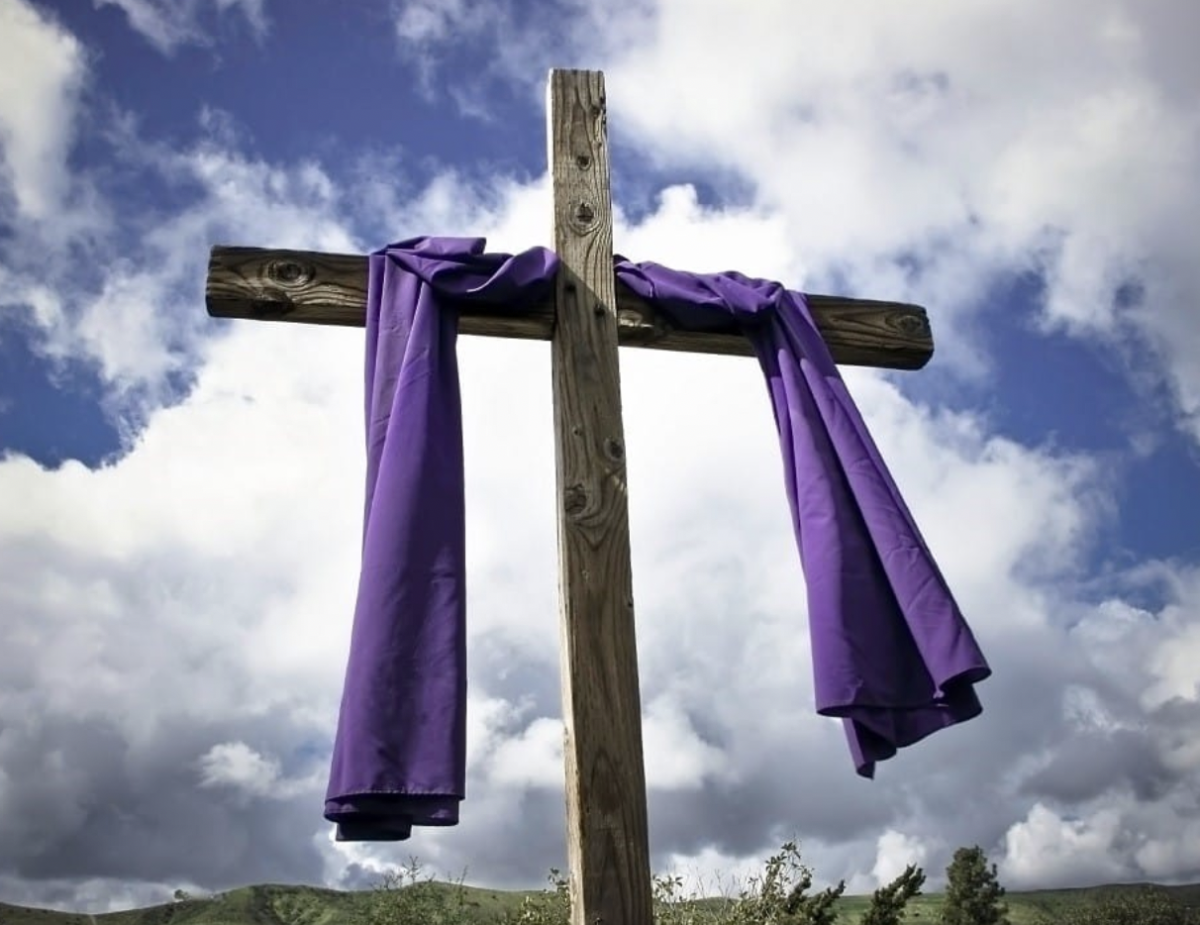Hurricane Matthew
October 15, 2016
Affecting several countries like Haiti, United States, and the Bahamas, Hurricane Matthew was a deadly and powerful disaster, that heavily impacted and left towns in ruins. “Matthew is the longest-lasting Category 4 or 5 hurricane in the month of October since record-keeping began [more than 50 years ago]” (CNN). Simply stated, Hurricane Matthew maintained a strengthy 130 mph wind for more than four days in a row.
Hurricanes form when the sun warms ocean water and the warm air rises upwards, thus resulting in low pressure below. Air then forces itself in, filling the low pressure areas. As the process of air moving inwards continues, wind begin to spin around and use warm air as its fuel. Scientists then officially pronounce it a hurricane when the wind speed reaches to 74 mph or higher. Hurricanes are then categorized on a scale from 1-5, based on the force of the hurricane’s wind speed. Typically, most hurricanes will spend their time throughout the ocean and later disintegrate. However, hurricanes become disastrous when they touch land and end up devastating towns and homes. Global warming and a rise in temperature are also major causes of the increase in number of catastrophic storms.
Wind, storm surge, rainfall, and surf were just a few of the problematic effects from this hurricane. Immensely strong winds and record breaking flooding were hazards to the land. Rising of the sea levels, “storm surge,” and heavy non-breaking waves, “swells,” also contributed to the damaging of the coastal lands. Despite this, the rainfall was the most detrimental part to places like North Carolina. While it initially started with flash floods, the progression of the hurricane led to the river rising and water overflowing which resulted in 17.3 inches of rain.
Now, at the end of the fatal Hurricane Matthew, many places are still without power, evacuations are being carried out, and people rescued from the waters. Rescue groups such as Red Cross, World Vision, Salvation Army, and UNICEF are currently diligently working to help the victims. President Obama has also recently signed major disaster declarations, which have provided financial aid for Florida and Georgia states. As a result of this deadly occurrence, there has been a total of 1,027 fatalities.
Jessica Gutierrez (10) says, “Hurricane Matthew is a tragedy that will affect many lives and I hope that people are able to stay safe.” Now that the worst of Hurricane Matthew is over, places of distress are receiving help to repair the condition of their impacted towns and hope for a better future.







































